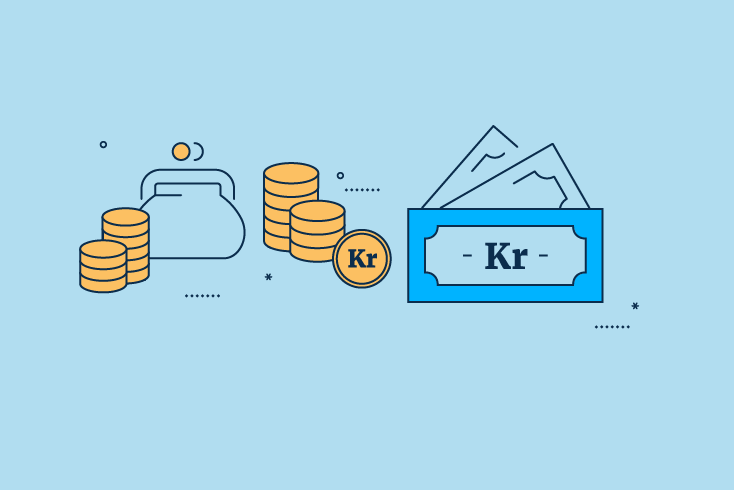Should banknotes and coins be phased out?

Money has been in use for thousands of years and has taken many different forms over the course of history. Banknotes and coins have been around for a long time and are also likely to be available far into the future.
What is so special about banknotes and coins?
An important reason why banknotes and coins have not disappeared is that they have some characteristics that other means of payment do not. One of the most important characteristics is confidence.
The value of money is guaranteed by the money's issuer, and it is usually the authorities that provide this guarantee and issue money for use in their country or jurisdiction. This guarantee was a deciding factor for the historical emergence of money, and remains an important factor in safeguarding confidence in the value of money today.
A NOK 100 banknote is a direct claim on Norges Bank and thereby the Norwegian government. Norges Bank is responsible for ensuring that the Norwegian krone that it issues has a stable value over time.
In addition, banknotes and coins function independently of the electronic payment system. This makes cash an important backup solution in case electronic payment solutions become unavailable.
What risks are associated with deposit money?
When you have NOK 100 in your bank account, this money is a claim on the bank. If the bank, due to whatever reason, is unable to meet its obligations and perform its tasks, there is a risk that access to deposit money may be lost and that the money could therefore not be used to make payments.
In Norway, there are well-functioning systems and rules to prevent the occurrence of such problems in banks, along with special arrangements to guarantee bank deposits up to NOK 2 million. The risk of losing your deposits in a Norwegian bank is therefore small. However, in other countries, and previously in Norway, there are many examples of banks going bankrupt and depositors losing their money.
What is a central bank digital currency?
Confidence in the value of money is not linked to the form the money takes. Banks' digital deposits in Norges Bank are central bank money in the same way as banknotes and coins. In that sense, we have had a central bank digital currency for a long time.
But such a central bank digital currency is only available to banks and other enterprises with accounts with Norges Bank. What is being discussed now is whether there is a need for a form of central bank digital currency that is available to everyone, in the same way that banknotes and coins are.
An important reason why this discussion has begun is that banknotes and coins are being used less and less.
Currently, you can still largely choose whether you want to use cash or deposit money when making payments. But if banknotes and coins eventually become so rare that it becomes difficult to use them in practice, a new, digital alternative with the same characteristics as banknotes and coins may be needed.
Short summary
- Banknotes and coins are guaranteed by the authorities
- Money issued by private banks carries a small risk
- You decide whether to use cash or deposit money. In the future, a digital alternative to cash may be needed to maintain this freedom of choice